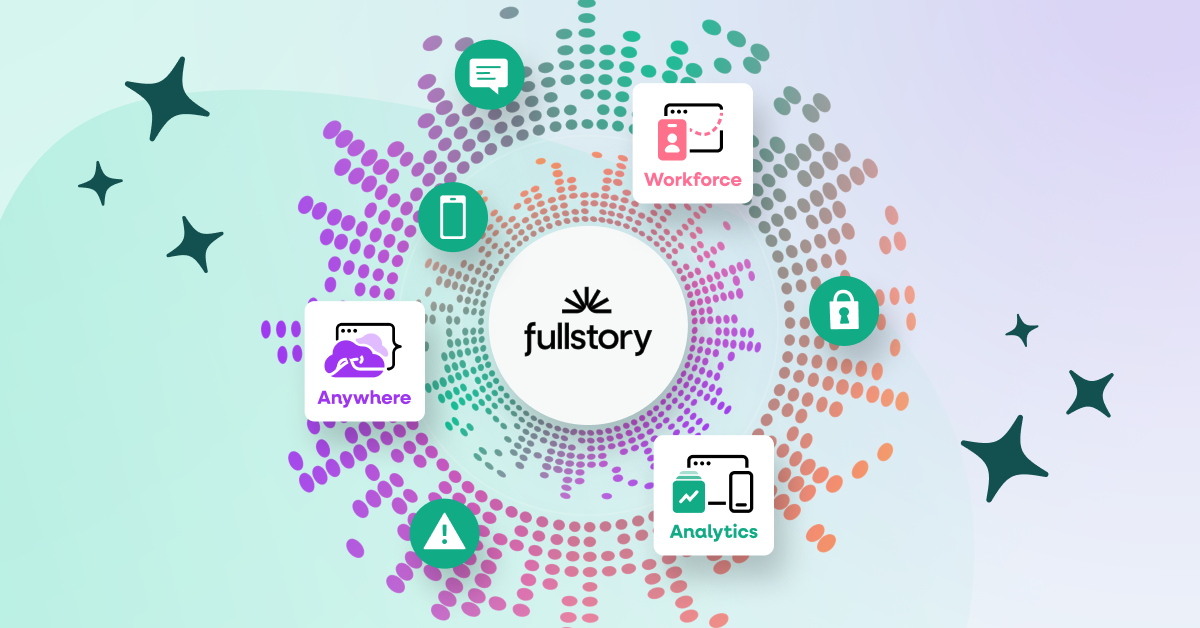Be a better data product manager with these five habits
As a product manager, it’s your job to identify customer needs and their business objectives, then put the wheels in motion for ideating and creating products. You are always looking for opportunities to drive more engagement to make your products stickier, easier to use, and more valuable.
When looking for ways to improve and get results in your workflow, turn to this repeatable habit: Search, Learn, Act, Report, Repeat.
What is SLARR?
Simply put, SLARR is a five-step looping workflow of habits that product managers can use to optimize their products.
Search: Conduct in-depth research on a segment of customers to measure behavior. This is to understand where to focus attention.
Learn: Analyze results. Once there’s got enough data, form a hypothesis.
Act: Take action based on the hypothesis. This could be as simple as experimenting with a change or as big as launching a new feature.
Report: Apply the results to business goals, and adjust according to the results of actions.
Repeat: Keep repeating this process to improve customer and product experience.
Simply put, the more this habit is put into use, the more products improve.
See Digital Experience Intelligence in action.
Request a demo of the Fullstory DXI platform for your product team.
What are some example scenarios of SLARR?
To help make sense of the SLARR loop, here are some scenarios product teams frequently encounter, each broken down into the simple steps of SLARR.
Running a Beta Program
QA Testing a New Feature
Driving Awareness for a New Feature
Driving Adoption of a Critical Feature or Workflow
Keep reading for more info on each:
Running a Beta Program
Your next big feature has moved to beta, and you've made it available for a select group of customers. Your goal is to get 80% of the customers who signed up for the beta engaged with your new feature. Using a best-in-class DXI tool such as Fullstory makes the SLARR process for beta programs easier than ever.
Search: Pull data from a segment of customers who are engaging with the beta feature. Use the OmniSearch function in Fullstory to search for a feature labeled "Profile," and it would produce the result of Has | Clicked | Text is exactly | Profile.
Learn: Use DXI to glean insights about the usage of your new feature and to understand quantitatively how many customers are engaging. View your Daily Active Users (DAUs) by referencing the User Trends card and check out the Top Users card to see which customers are most active.
Act: Download a .csv of engaged customers and compare that to your overall beta invite list. Then, send proactive outreach or incentives to those customers who haven't taken advantage of the beta program.
Report: Once you’ve taken action, keep an eye on your saved segment that tracks customer engagement with your beta feature. Did your test make a positive impact?
QA testing a new feature
You've got a new feature that you're rolling out to new customers, and you want to make sure that nothing major is breaking in the process. Your goal is to minimize performance issues, across multiple browsers and devices.
Search: Use OmniSearch to save a segment of customers engaging with the feature and experiencing errors or frustration, like Error Clicks or Rage Clicks. Save that segment to replay sessions and analyze aggregate trends. Pro tip: you can set an alert to let Fullstory notify you when the trend of customers with errors or frustration exceeds "0" within 24 hours.
Learn: Watch for alerts and use session replay to observe errors in the wild. Check Fullstory’s automatically generated analytics reports—right below your session lists—to look for correlations with browsers or device types.
Act: As issues arise, use Dev Tools to diagnose problems and report bugs to escalate issues directly to engineering teams.
Report: Make a copy of your segment and modify it to include only the frustrated customers. Compare the aggregate results of your more focused segment to those engaging with the feature. The resulting percentage tells you how many customers are frustrated with the new feature.
Driving awareness for a new feature
You have a brand new feature that is going unnoticed. It is equipped with notifications but customers are primarily missing out. Your goal is to get 30% of your existing customers to discover the new feature.
Search: Use OmniSearch to save a segment of customers who have logged in since the launch but haven't engaged with the new feature.
Learn: Replay sessions to understand where the disconnect is occurring. Customers may be getting the announcement email but not able to find the feature or skipping the announcement altogether. Look for opportunities to get the feature in front of the customer at the right time.
Act: Run an experiment. Try swapping out or adding microcopy. Or, consider adding a visual indicator that draws their attention to the new feature.
Report: Create a new segment for customers who are part of this experiment to drive awareness. Were customers exposed to the new experiment more likely to engage with the feature?
Driving adoption of a critical feature or workflow
You have a critical feature or workflow that’s highly correlated to purchase behavior, but it's not clear why most customers who start the workflow don’t complete all of the steps. Your goal is to increase completions of that multi-step workflow.
Search: Use OmniSearch to create a multi-step conversion funnel to see what percentage of customers make it through the funnel and where the biggest drop-offs occur. Create a copy of your segment that's focused on the biggest drop-off point.
Learn: Watch sessions where customers dropped out of the funnel and pay attention to the Error Clicks, Rage Clicks, and other frustration heuristics in your results. Look for an opportunity to reduce friction.
Act: Introduce a change designed to reduce the struggle. Maybe it's as simple as a new affordance or streamlining buttons above the fold.
Report: Compare your conversion funnels before and after the change to see if it helped drive up the completions.
Try this at home
The SLARR habit was created to make digital products better, no matter the department of your organization—even outside of product management.
Marketers can use SLARR to optimize for conversions. Sales teams can experiment with new cadences or content to drive more meaningful conversations. Support can test new technical documentation and tools to reduce friction in the service experience. Engineers can tinker with ways to reduce processing costs or make systems more stable.
What's important is to embrace a habit of learning, experimenting, and taking action.
With a best-in-class DXI solution like Fullstory, the SLARR process can become second nature. Together, the powerful combination of qualitative data from session replay (instant empathy and motivation) and quantitative data (assurance for people who care about potential impacts) can help get teams on board to make impactful, profitable changes.
See Digital Experience Intelligence in action.
Request a demo of the Fullstory DXI platform for your product team.


